Immediately after the opening session, delegates attended the first discussion session at the workshop with the theme "Identifying and preserving traditional residential architecture at Trang An World Heritage Site. International experience" co-chaired by Mr. Tran Song Tung, Member of the Provincial Party Standing Committee, Vice Chairman of the Provincial People's Committee; Mr. Bui Van Manh, Member of the Provincial Party Committee, Director of the Department of Tourism and Associate Professor, Dr. Dang Van Bai, Vice Chairman of the Vietnam National Cultural Heritage Council.
Also participating in the discussion were: Prof. Dr. Nguyen Quang Ngoc; Associate Prof. Dr. Architect Nguyen Hong Thuc; Associate Prof. Dr. Architect Pham Hung Cuong; Prof. Dr. Architect Hoang Dao Kinh; Dr. Architect Emmanuel Cerise.
The discussion session focused on the following contents: The role and value of traditional villages in the core area of Trang An heritage; Approaching Vietnamese residence - traditional village heritage in architectural culture; Preserving traditional architecture - From the perspective of village cultural heritage; Evaluating architectural heritage and agricultural and rural landscapes to create tourism exploitation potential; Traditional houses in the livelihood space and ecological environment in the core area of Trang An heritage; Sharing international experiences: promoting and developing the value of rural heritage in the Ile-de-France region (France).
The values of the core village of Trang An heritage create momentum for the development of the cultural industry.
Prof. Dr. Nguyen Quang Ngoc, Vietnam Historical Science Association, had a deeper look at the historical and cultural values of traditional villages in the core area of Trang An heritage. In particular, traditional villages in the core area of Trang An heritage have unique historical and cultural values that are converging from the long history and cultural traditions of the ancient capital.
The tangible cultural values of traditional villages in the core area of Trang An heritage exist in many forms and elements, but the most prominent are landscapes, production culture, historical and cultural relics. The intangible values of traditional villages in the core area of Trang An heritage are closely linked to religion, beliefs, festivals, place names, and folk tales.
In the Trang An Scenic Landscape Complex, the role and value of traditional villages in the core heritage area are the most typical. The interweaving and blending of tangible and intangible cultural values in the long process of history and culture has created outstanding values of traditional villages in the core heritage area of Trang An.
The existence of historical and cultural values in traditional villages in the core area of Trang An shows the process of protecting and preserving the heritage of many generations. These historical and cultural values today are no longer confined to each person and each village, but are creating the driving force for a strong development process that the cultural industry is aiming for, both to preserve, enrich and promote the values of the villages in the core area of Trang An heritage.
Preserving traditional architecture - from the perspective of village cultural heritage
Associate Professor, Dr. Dang Van Bai, Vice Chairman of the Vietnam National Cultural Heritage Council, stated his opinion: Through a field survey organized by the Department of Tourism of Ninh Binh province in two villages of Xuan Son and Tam Ky, Truong Yen commune, Hoa Lu district, I clearly saw that the community of residents here has a long history of residence, at least since King Dinh Tien Hoang established the capital of Trang An. The two villages are located in the core area of the Hoa Lu Ancient Capital relic and scenic complex, right next to the two most important relics: Dinh Tien Hoang Temple and Le Dai Hanh Temple. Here, a rich fund of traditional architecture is still preserved: communal houses, temples, shrines, ancestral worship houses, especially traditional architecture - typical civil houses. Both villages have a fairly typical village structure: village roads, alleys, village gates, village wells, village ponds...
Furthermore, with the achievements of the new rural construction program, both villages in the World Cultural and Natural Heritage Site of Trang An Scenic Landscape Complex have neat and complete technical infrastructure with an architectural appearance that intertwines tradition and modernity, old and new.
According to the viewpoint and approach of modern museology, it can be affirmed that the ecological and humanistic conditions, especially the current status of preserving the traditional architectural fund of Hoa Lu district, completely meet the requirements of building an ecological museum as a form of preserving the village's cultural heritage, recalling the "old image" of the urban area - an important component of the ancient capital of Hoa Lu.
Traditional village heritage in architectural culture
Associate Professor, Dr. Architect Nguyen Hong Thuc, Hanoi National University, has contributed a number of arguments to form a Framework for assessing characteristics and values for the type of Village and House in the Northern Delta region, which has attracted the attention of many researchers and has been continuously published scientifically.
Accordingly, the World Cultural and Natural Heritage Trang An has brought an eco-tourism economy to Ninh Binh, its values have been studied by many experts. Adding to it the Heritage Fund of traditional villages and houses in the core area of Trang An, which is associated with the settlement heritage spanning thousands of years, is a necessary task.
To do this, it is necessary to study the "regression" and "value symbiosis" of Hoa Lu Ancient Capital (300 ha) with Trang An Dual World Natural Heritage (more than 120 km2) from interdisciplinary studies to ensure the value of the entire system. In particular, this time has opened up a new awareness, a new approach to form the Millennium Traditional Settlement Heritage Fund in Ninh Binh, starting from Hoa Lu Ancient Capital, Hoa Lu Citadel to the surrounding villages, in which the special role of the ancient villages located in the core of Trang An, still preserving intact the ancient structure, morphology and architecture.
The value chain of the Heritage Fund of Cities - Towns - Villages/Houses surrounded by the natural heritage of Trang An must truly be recognized for conservation and tourism exploitation as a connecting system, a whole, a precious pearl chain of Ninh Binh province in future development strategies. Only then can this heritage be gradually completed in terms of science and infrastructure for sustainable, diverse, effective, appropriate, inherited and unique development.
Building Truong Yen according to the model of "HERITAGE - TOURISM Village".
After studying the potential of architectural heritage and agricultural and rural landscapes for tourism development in Truong Yen commune, Hoa Lu district, Associate Professor, Dr. Pham Hung Cuong, Faculty of Architecture and Planning, Hanoi University of Construction, affirmed that Truong Yen commune has advantages and potential to develop into a model of "HERITAGE - TOURISM Village".
Value assessment and conservation should be carried out in accordance with this orientation. The assessment of architectural and landscape values should be carried out at the commune scale (outside the village) and village space (residential areas). The values through preliminary surveys show that Truong Yen has many architectural and landscape values that can be converted into tourism products.
It is possible to choose a village that integrates the highest values to develop a heritage-tourism village model (possibly Truong An village). The values that need to be evaluated are: Spatial structure of the entire village; architecture of religious and belief works, traditional public works and houses, landscape architecture inside and outside the village; household space. There are intangible cultural values embedded in it.
The ecological value and traditional agricultural culture are also important factors in assessing the value of agricultural landscapes and landscapes outside the village. Households need to recognize the value not only in the ancient architecture but also in other houses that do not have ancient architecture. These are the contemporary cultural values and the historical and spiritual imprints of the house and the people, which are also values to exploit and develop into tourism products.
Nguyen Thom - Anh Tuan
Source


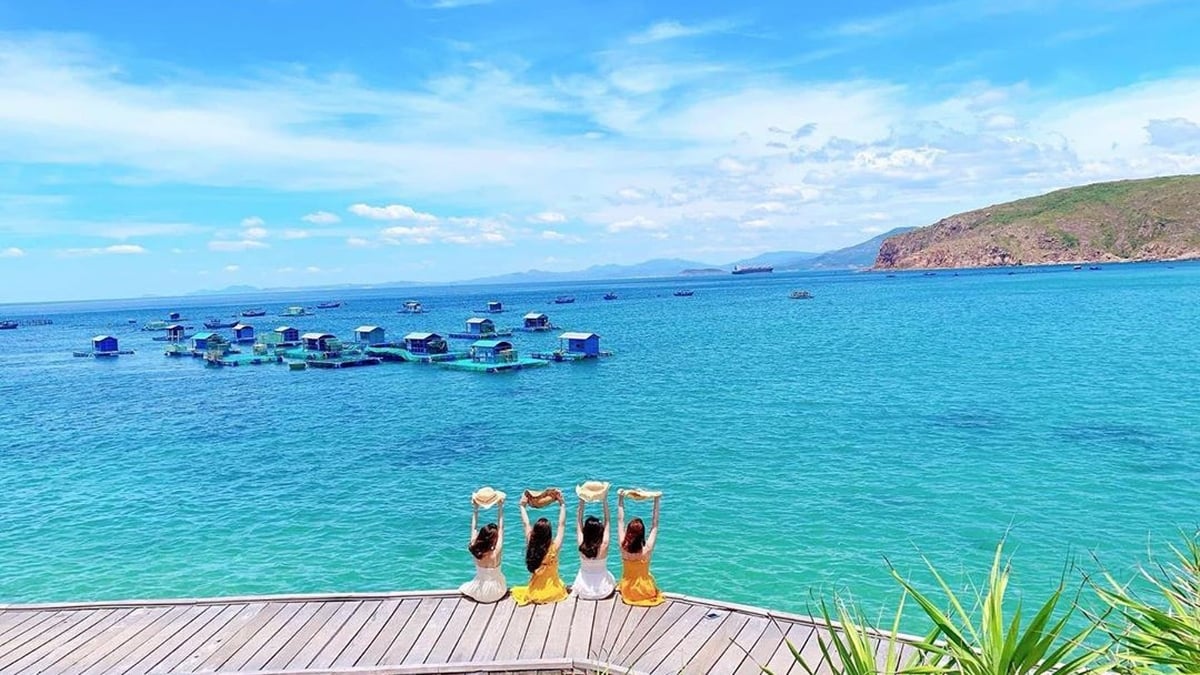

![[Photo] General Secretary To Lam receives First Deputy Secretary General of the African National Congress (ANC) of South Africa](https://vphoto.vietnam.vn/thumb/1200x675/vietnam/resource/IMAGE/2025/5/20/bb2999907e1245d5b4c7310a890d8201)
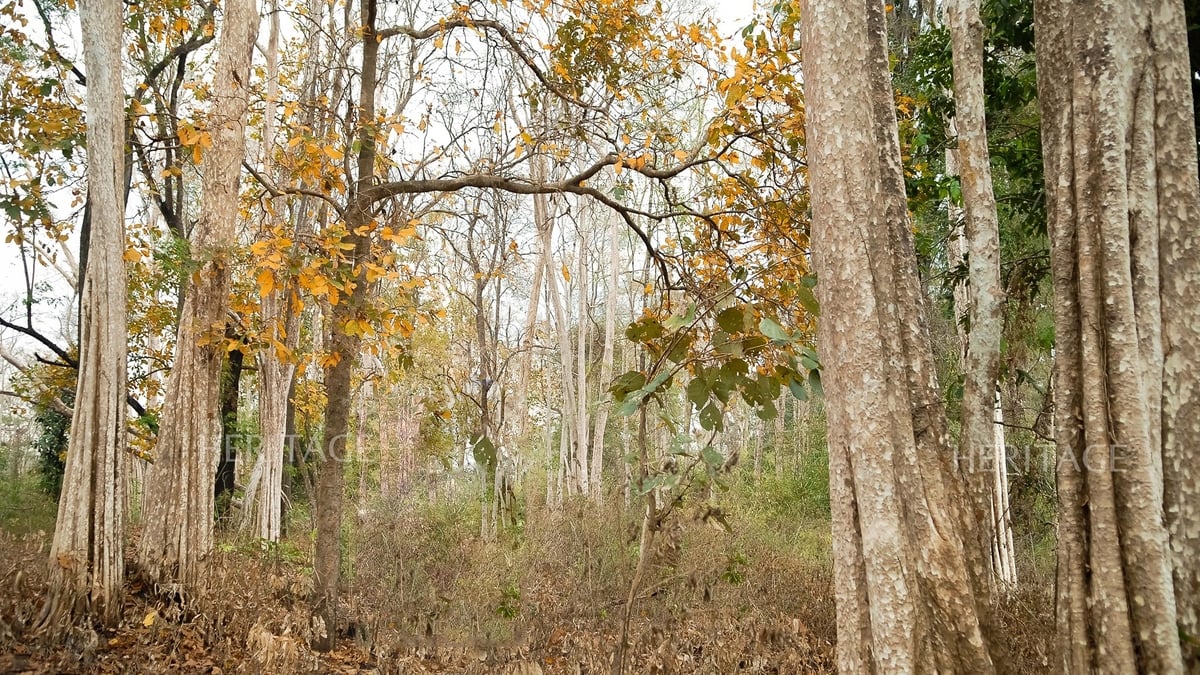








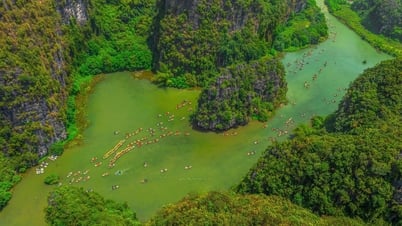



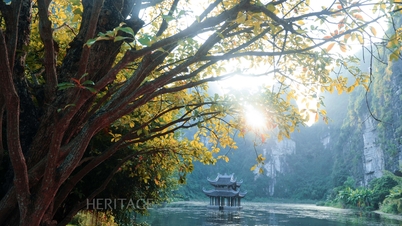


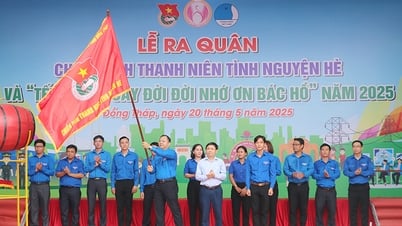
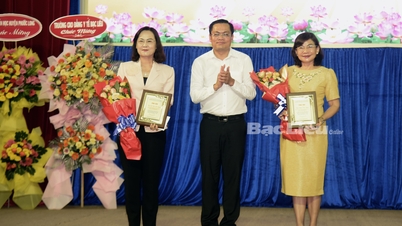


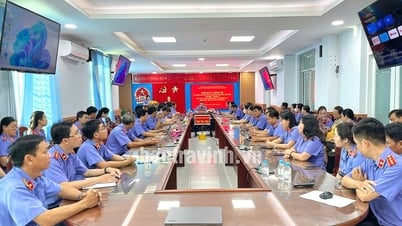








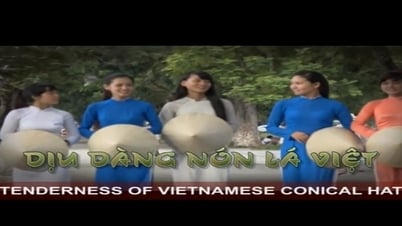
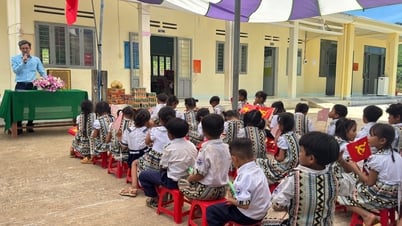
![[Photo] Vietnamese shipbuilding with the aspiration to reach out to the ocean](https://vphoto.vietnam.vn/thumb/1200x675/vietnam/resource/IMAGE/2025/5/20/24ecf0ba837b4c2a8b73853b45e40aa7)
![[Photo] Award ceremony for works on studying and following President Ho Chi Minh](https://vphoto.vietnam.vn/thumb/1200x675/vietnam/resource/IMAGE/2025/5/20/a08ce9374fa544c292cca22d4424e6c0)
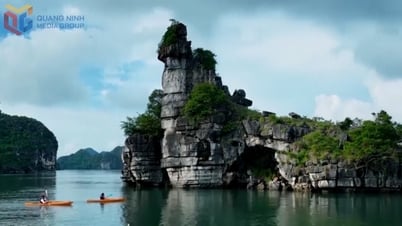








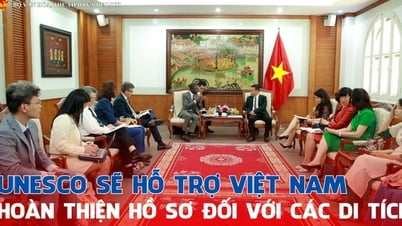














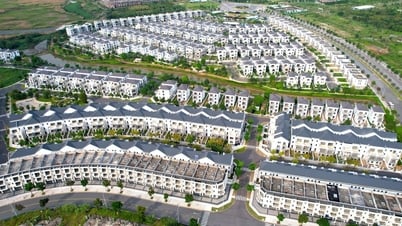



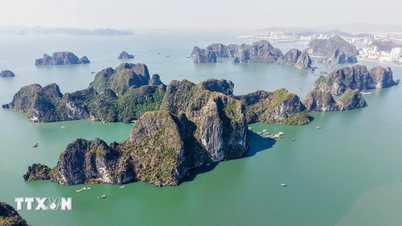

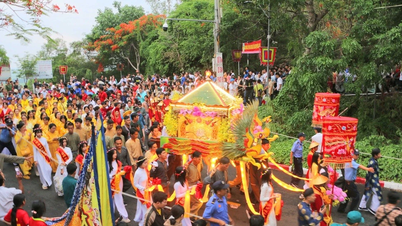



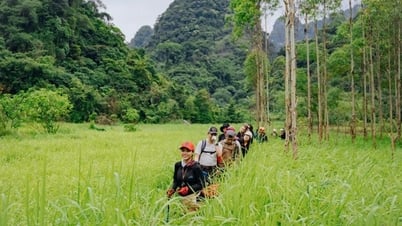
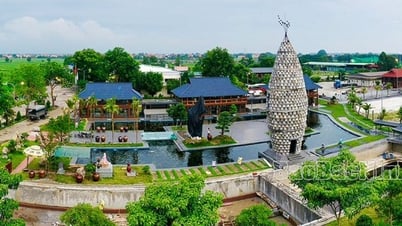
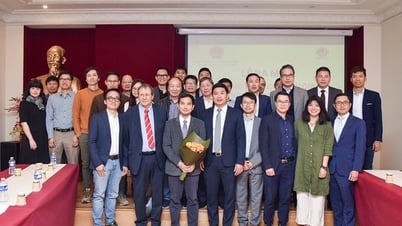

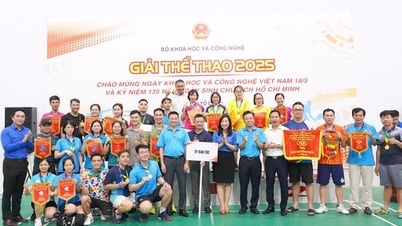


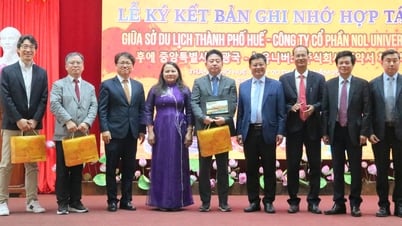

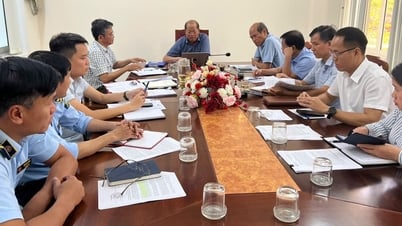
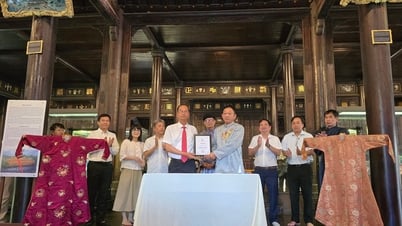
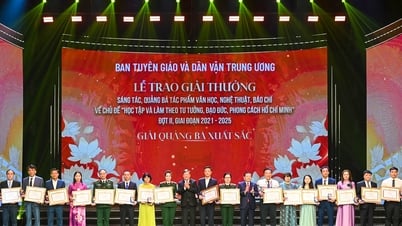

















Comment (0)